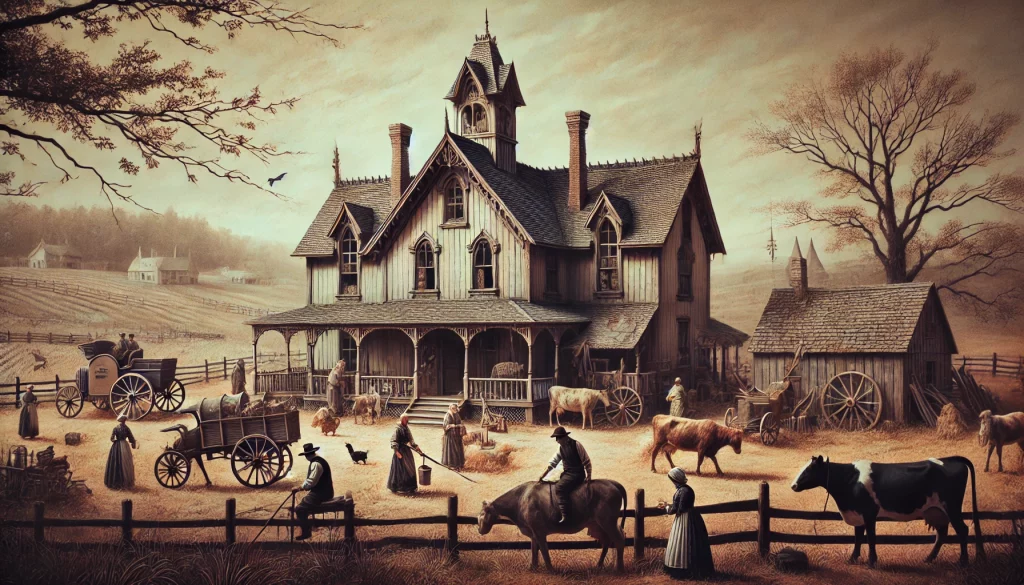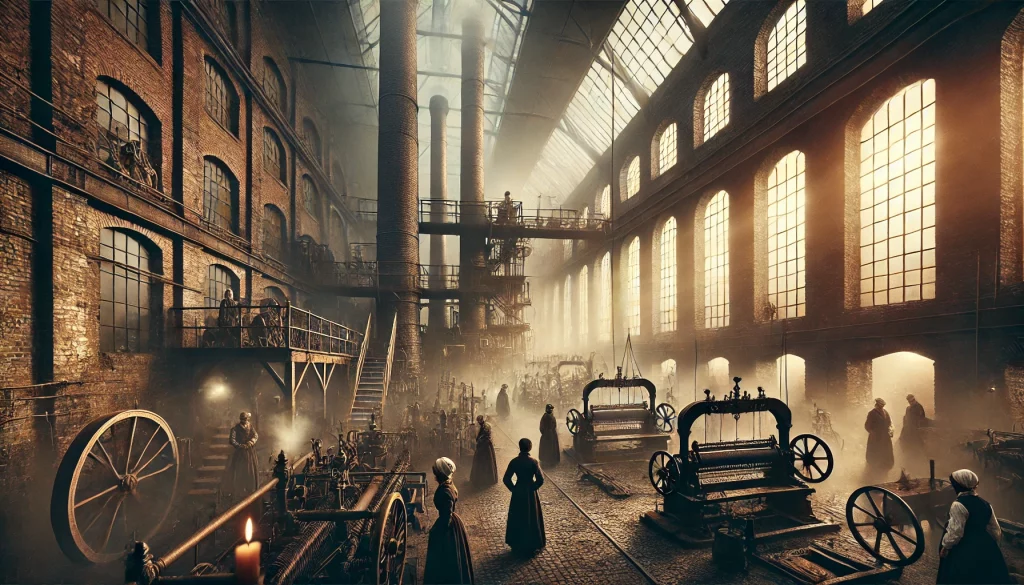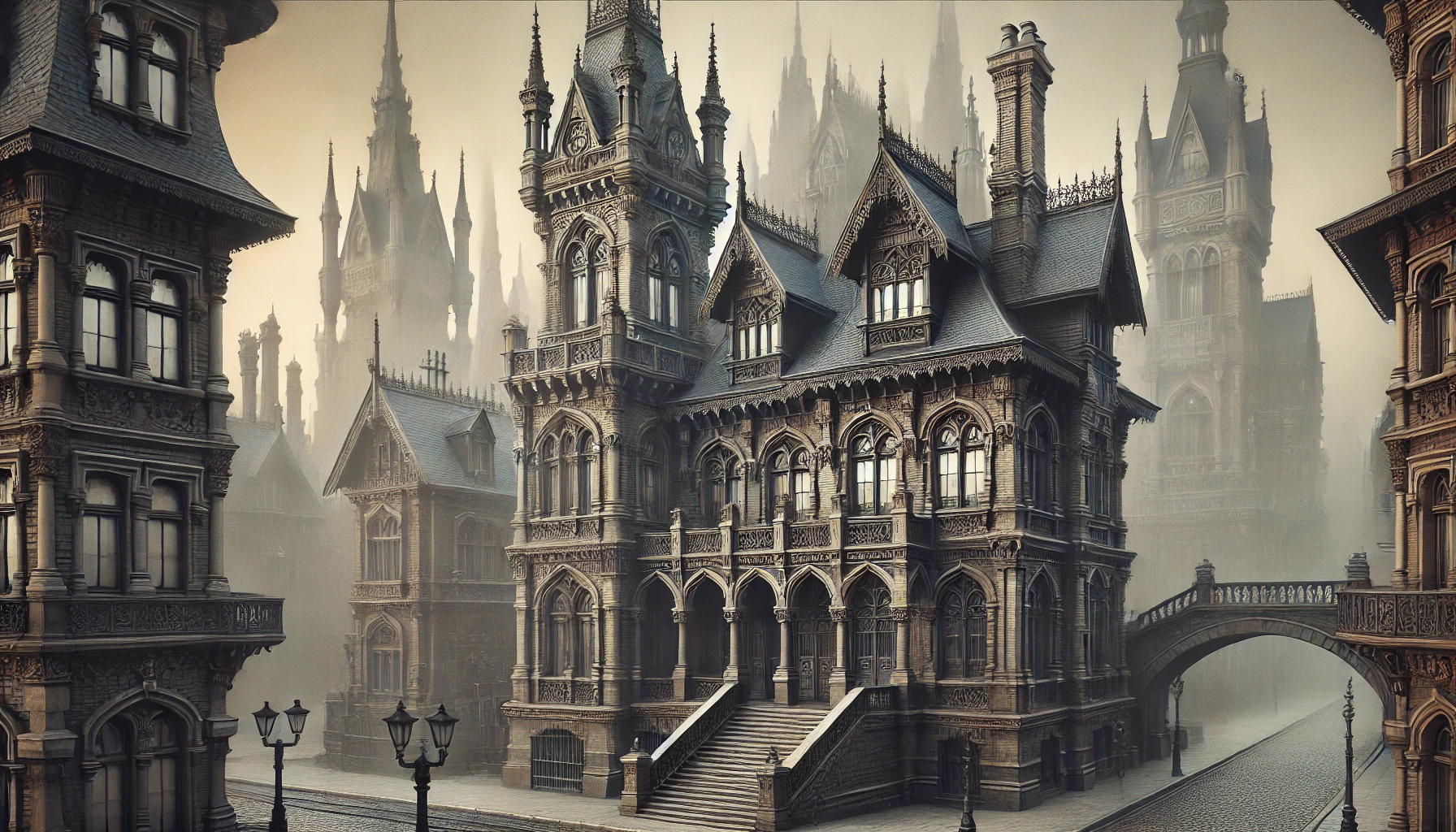The Edgarian Era, named after King Edgar the Peaceful, marks a significant period in England’s history. Spanning from 959 to 975 AD, this era is renowned for its political stability, cultural developments, and administrative reforms.
King Edgar ascended to the throne in 959 AD, following the death of his elder brother, King Eadwig. Known as “the Peaceful,” Edgar’s reign was characterized by relative peace and prosperity, a stark contrast to the tumultuous periods that preceded and followed his rule. His ability to maintain unity and order across the kingdom earned him a reputation as one of England’s most effective early monarchs.
Political Stability and Reforms
One of the most notable achievements of the Edgarian Era was the establishment of a more centralized and efficient system of governance. Edgar implemented several administrative reforms aimed at strengthening royal authority and ensuring greater consistency in the application of laws across the kingdom. He divided the kingdom into shires, each overseen by a sheriff appointed by the king. This system helped to standardize administration and reduce regional disparities.
Edgar also took significant steps to unify the various factions within his realm. He maintained a delicate balance between the Anglo-Saxon nobility and the Danelaw, the region of England under Danish control. Through strategic marriages and alliances, Edgar was able to foster a sense of cohesion and mutual respect among his subjects.
Religious and Cultural Developments
The Edgarian Era witnessed a flourishing of religious and cultural life. King Edgar was a devout Christian and a strong supporter of the monastic reform movement. He worked closely with prominent religious figures, such as Saint Dunstan, the Archbishop of Canterbury, to revive and reform monastic practices. This period saw the construction and restoration of many monasteries, which became centers of learning and cultural preservation.
Monastic reform during Edgar’s reign emphasized strict adherence to the Benedictine Rule, which advocated a life of prayer, work, and study. The revival of monasticism contributed to the intellectual and cultural vitality of the period, as monasteries played a crucial role in the production and preservation of manuscripts, art, and religious music.
Economic Prosperity
The relative peace and stability of the Edgarian Era allowed for economic growth and development. Agriculture thrived, and trade networks expanded, both within England and with neighboring regions. Edgar’s policies encouraged the standardization of weights and measures, which facilitated trade and commerce. The growth of markets and towns during this period laid the groundwork for the economic expansion that would follow in subsequent centuries.

Agricultural Developments
Agriculture was the backbone of the economy during the Edgarian Era. Advances in farming techniques and tools contributed to increased productivity. The introduction of heavier plows allowed for more efficient tilling of the fertile English soil, leading to higher crop yields. Crop rotation practices began to evolve, enhancing soil fertility and reducing the risk of crop failure.
Livestock farming also saw improvements. The breeding of cattle, sheep, and pigs was more organized, with better management of herds leading to higher meat and wool production. Sheep farming, in particular, became more prominent, laying the foundation for England’s future wool trade dominance.

Early Manufacturing and Craftsmanship
While large-scale manufacturing was still in its infancy, the Edgarian Era witnessed the growth of various crafts and trades. Blacksmithing, carpentry, and weaving were essential to the economy, providing necessary tools, structures, and clothing for the populace. Metalworking skills improved, with blacksmiths producing better-quality weapons, tools, and agricultural implements.
Pottery and textile production also advanced during this period. Artisans created more refined pottery, which was used both domestically and traded with neighboring regions. The textile industry, though rudimentary compared to later periods, began to take shape with the production of woolen and linen fabrics, which were vital for everyday clothing and trade goods.
Legacy of the Edgarian Era
The Edgarian Era left a lasting legacy on England’s political, religious, and cultural landscape. King Edgar’s administrative reforms and efforts to unify the kingdom set a precedent for future monarchs. His support for monasticism and the cultural revival it spurred had a profound impact on the intellectual and spiritual life of the nation.
Moreover, the era’s emphasis on peace and stability provided a foundation for subsequent developments in English history. Although Edgar’s reign was relatively short, his contributions to the consolidation and governance of the kingdom were significant and enduring.
The Edgarian Era stands as a remarkable chapter in England’s history, marked by King Edgar the Peaceful’s effective leadership and far-reaching reforms. This period of political stability, cultural revival, and economic growth played a crucial role in shaping the trajectory of the nation. As we reflect on the Edgarian Era, we gain a deeper appreciation for the foundations of modern England and the enduring legacy of its early medieval rulers.













